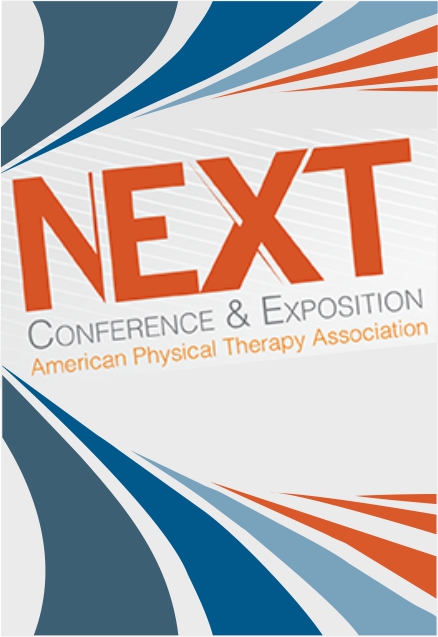
APTA 2015: Positional release & Kinesio Tape offer similar results for myofascial pain

APTA 2015: Positional release & Kinesio Tape offer similar results for myofascial pain
The Effect of the Positional Release Technique Versus Kinesio Tape on Myofascial Pain Syndrome in the Iliocostalis Lumborum
CONFERENCE ACE REPORTS
This ACE Report is a summary of a conference presentation or abstract. The information provided has limited the ability to provide an accurate assessment of the risk of bias or the overall quality. Please interpret the results with caution as trials may be in progress and select results may have been presented.
Synopsis
30 patients with myofascial pain syndrome with active trigger points in the iliocastalis lumborum muscle were randomized to receive positional release technique or kinesio tape treatment. The purpose of the study was to compare the effects of the two treatments on pain level, pressure-pain threshold level and functional disability. Results indicated that both methods were similarly effective in re...
To view the full content, login to your account,
or start your 30-day FREE Trial today.
FREE TRIAL
LOGIN
Forgot Password?
Explore some of our unlocked ACE Reports below!

Learn about our AI Driven
High Impact Search Feature
Our AI driven High Impact metric calculates the impact an article will have by considering both the publishing journal and the content of the article itself. Built using the latest advances in natural language processing, OE High Impact predicts an article’s future number of citations better than impact factor alone.
Continue



 LOGIN
LOGIN

Join the Conversation
Please Login or Join to leave comments.